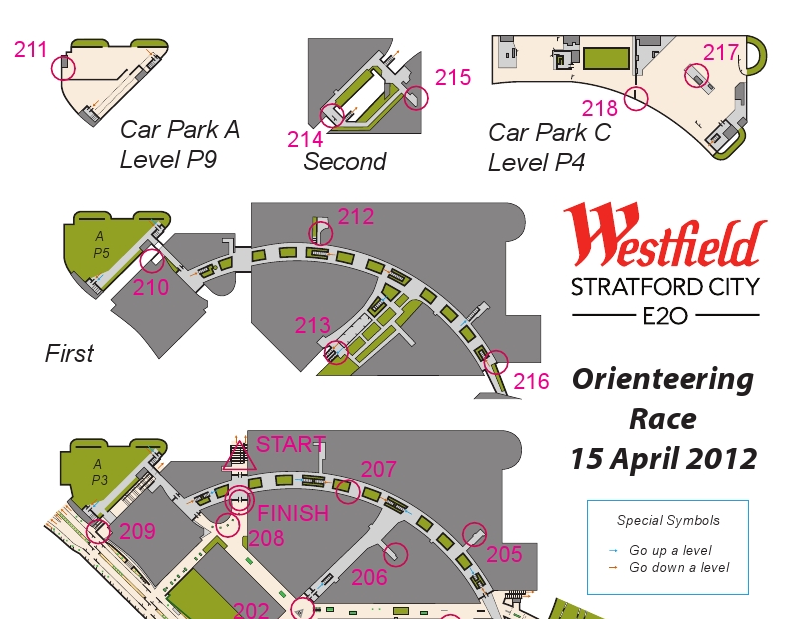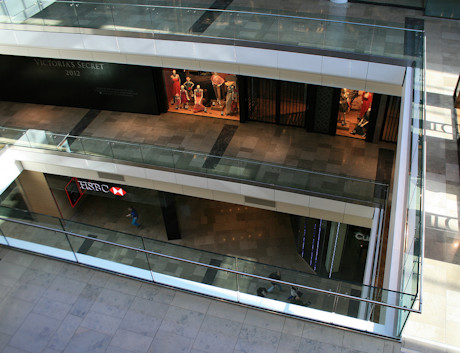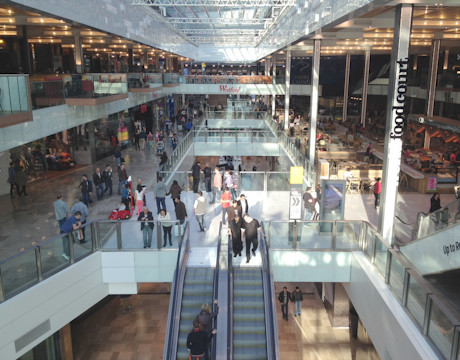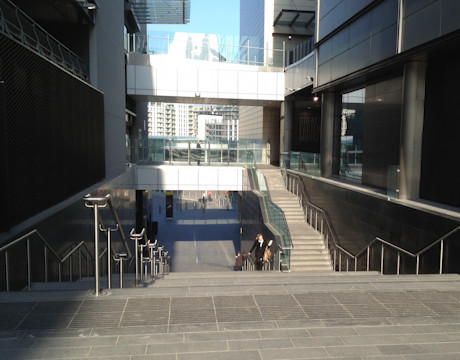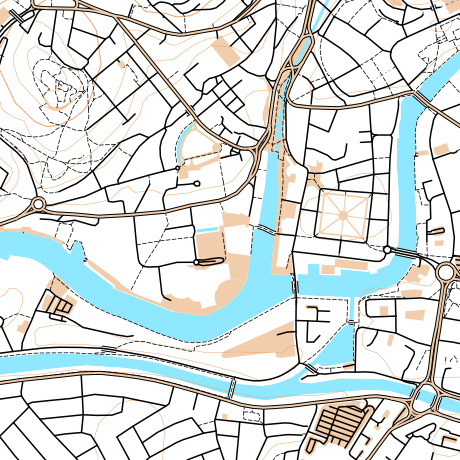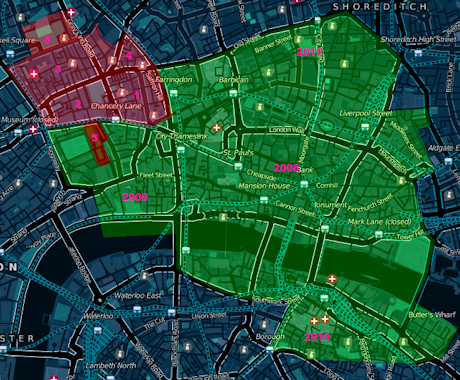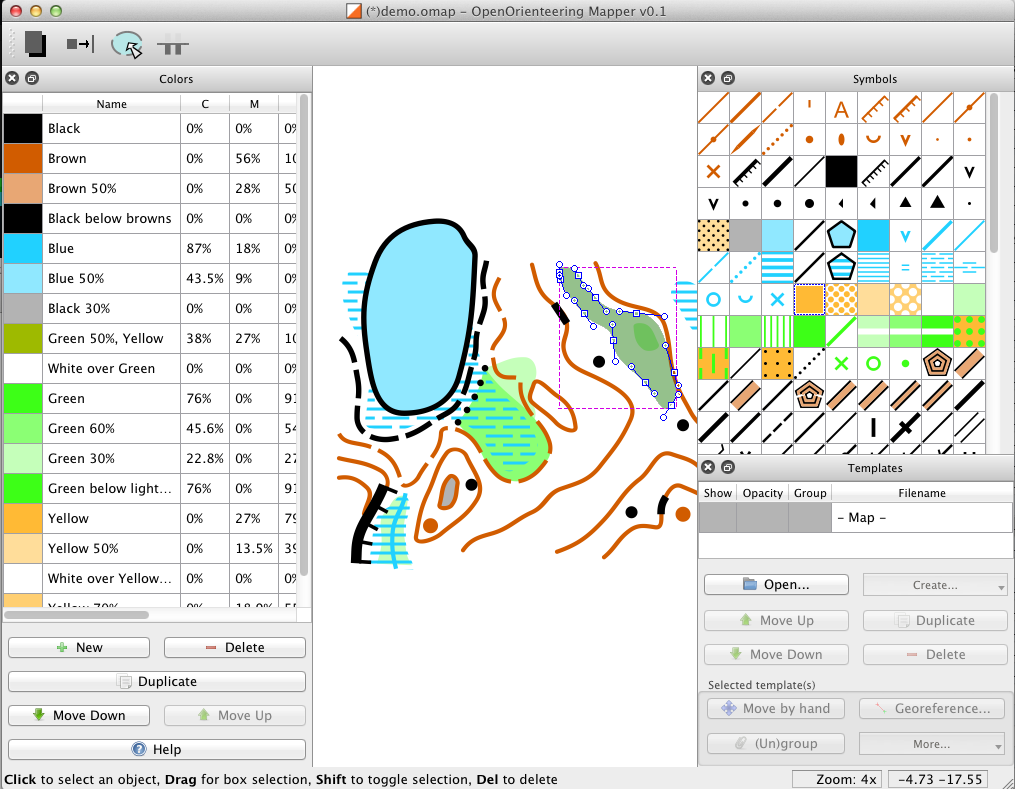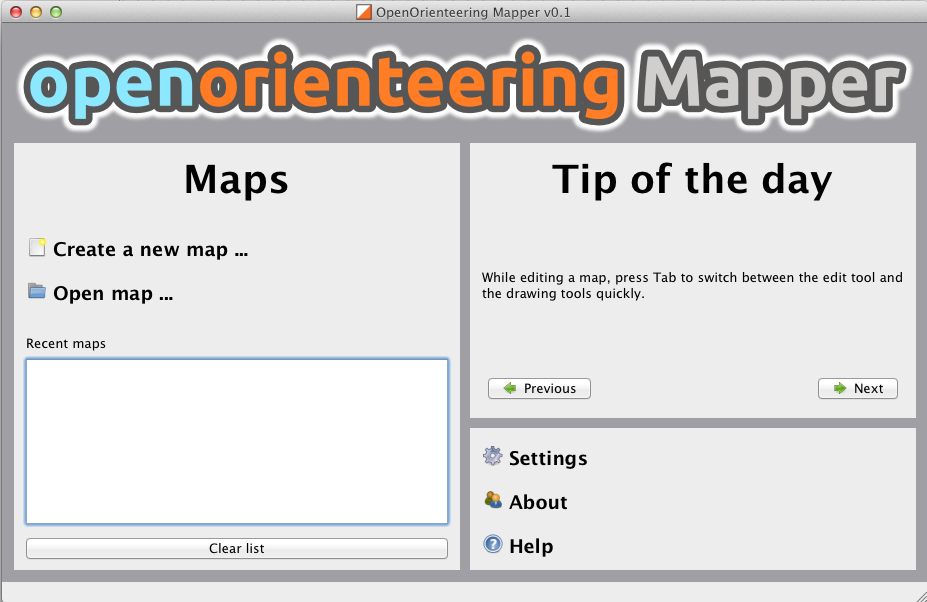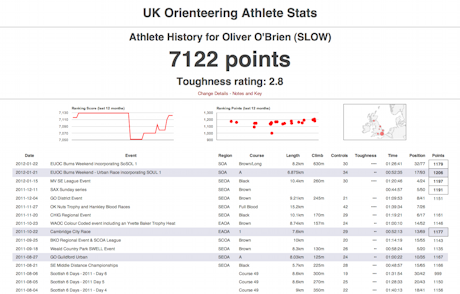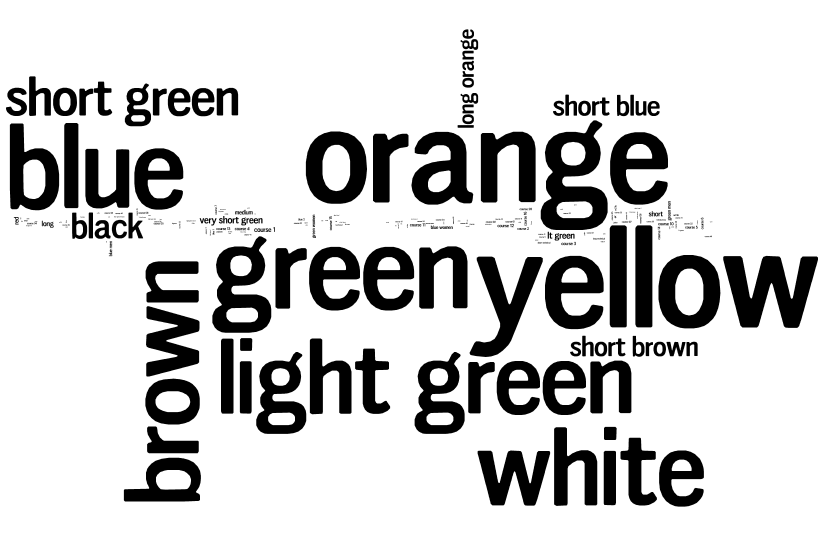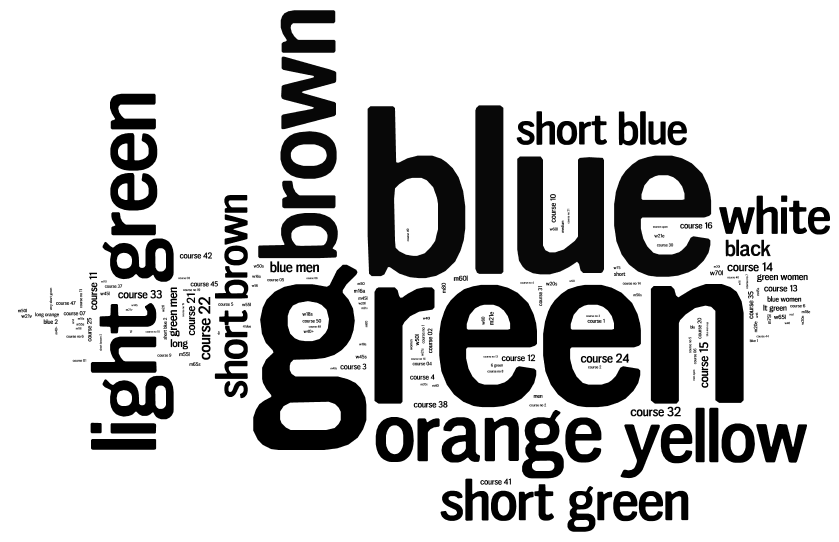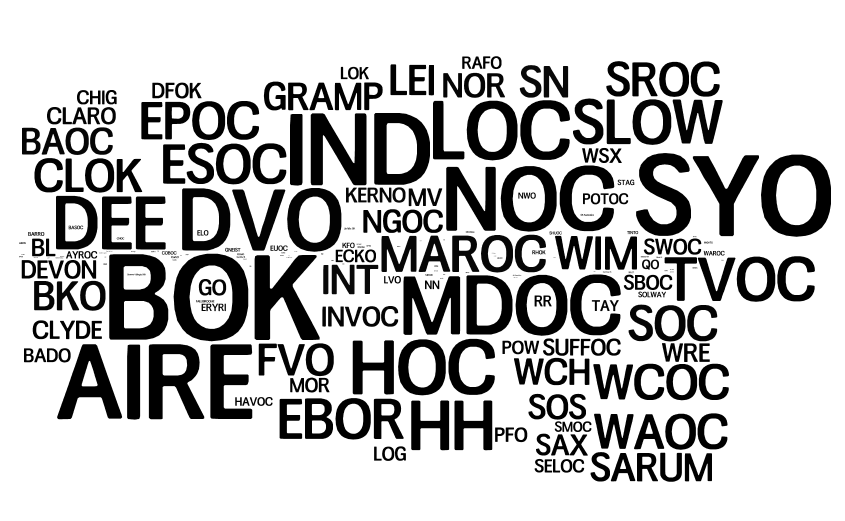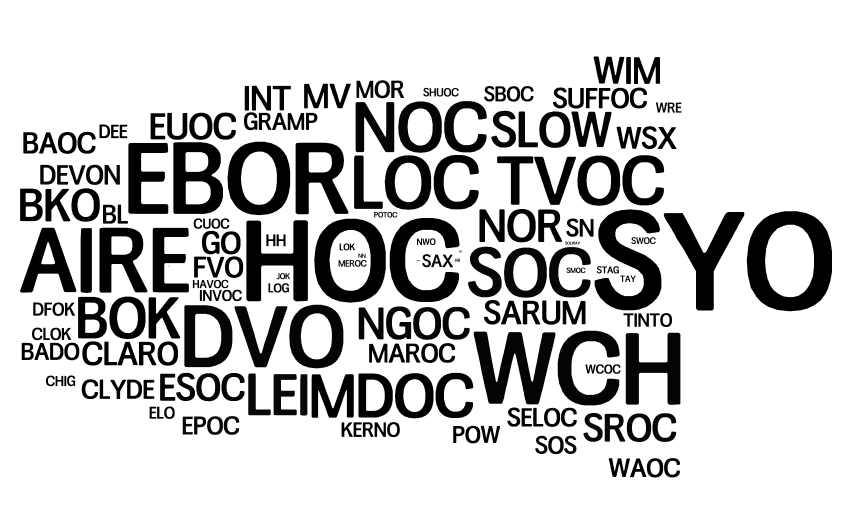The London Legacy Development Corporation, who have the job of turning the Olympic Park into a public park post-games, have released a tantalising artist’s impression of the Olympic Park as it might look in Spring 2014, when much of it will have opened to the public as a public park.
Here’s a recent view, taken just a few days before the start of the Olympic Games:
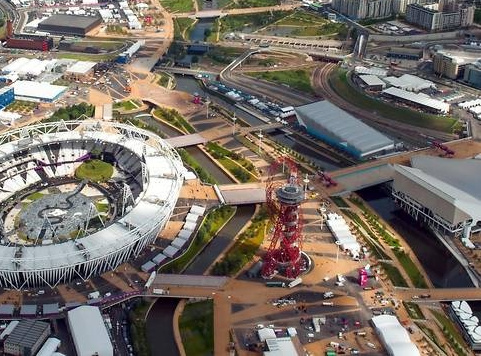
Here’s the LLDC’s image of the park in 2014:
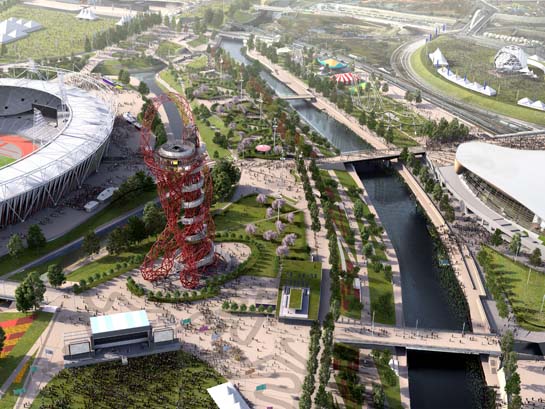
The main differences are the removal of the temporary spans on the bridges, making them more slender, and the greening of much of the tarmac/concrete plazas with natural features. The temporary seating stands around the Aquatic Centre disappear, as does the whole Water Polo arena. Bridge “C” between the stadium “island” and the rest of the park has disappeared completely too. The huge “Spotty Bridge” has also disappeared, with just two slender bridges on either side of it remaining.
Here’s what the park might look like in 2030, with the addition of various blocks of housing – this is a modified version of the above image:
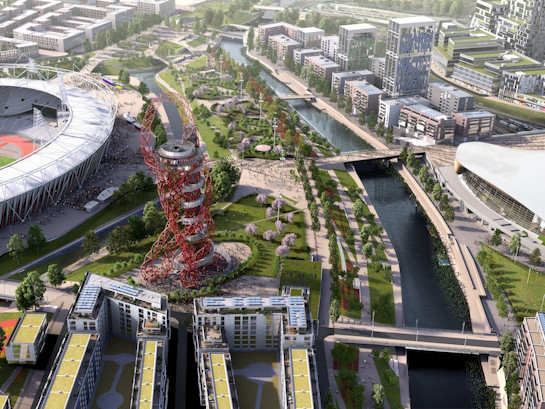
It looks like the park will be an exciting location for a future park orienteering race, possibly making a compelling weekend by combining it with an associated City Race.
Top photo: Dominic Lipinski/PA. Other images: London Legacy Development Corporation.
